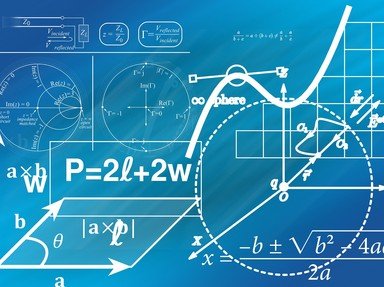Quiz Answer Key and Fun Facts
1. Yesterday I finished reading a book with "1AF" pages. Today I started reading a book with "17B" pages. What is the total number of pages for both books? Answers are in the decimal, or base ten system. All numbers in the question are in the hexadecimal system.
2. The "Renault Laguna 2.0T auto Dynamique S" develops "A8" bhp. The "Ford Mondeo 2.0 TDCI 130 PS Estate Auto" develops "80" bhp. Is the "Renault" more powerful? All numbers in the question are in the hexadecimal system.
3. If a diamond ring costs "5A4" pounds and I have "5DC" pounds, how much change will I receive, if I pay that amount for the ring? All numbers in the question are in the hexadecimal system. All answers are in the decimal, or base ten system.
4. If a collector had 1,241 stamps and bought 17 more, how many stamps would he have? All possible answers are in hexadecimal, all numbers in the question are in decimal, or base ten.
5. If a shop sold a dress for 1,916 pounds and made a profit of 375 pounds, how much did they buy the dress for? All possible answers are in hexadecimal, all numbers in the question are in decimal.
6. If a train network provides 30 trains every hour, how many trains will have begun the journey after 4 hours? All possible answers are in hexadecimal and all of the numbers in the question are in decimal, or base ten.
7. If, after tax, a person earns "7D0" pounds in a month, how much does the person earn in a year. All possible answers are in hexadecimal, as is the number in the question.
8. If this person gets a promotion and earns "7530" pounds a year, how much does the person in a month? All possible answers are in hexadecimal, as is the number in the question.
9. If a footballer had scored "76" goals in his career, but in his last season scored "14" more, how many goals would he have scored overall? All possible answers are in hexadecimal, as are the numbers in the question.
10. To end with, I think that we should have a slightly tricky question. Could you please tell me what the hexadecimal number "FADE" is in decimal?
Source: Author
DanielPoulson
This quiz was reviewed by FunTrivia editor
crisw before going online.
Any errors found in FunTrivia content are routinely corrected through our feedback system.


